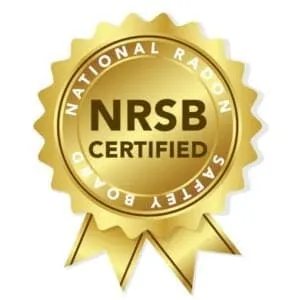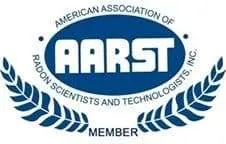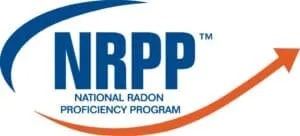Radon Testing
At NextDay Inspect, we provide Radon testing and remediation recommendations to ensure your property meets EPA safety standards. Our advanced tools deliver accurate Radon level measurements, offering you peace of mind regarding indoor air quality. Along with the test results, we provide an environmental sample report overview to help you understand potential risks and necessary mitigation steps. Your safety is our priority, and we are dedicated to helping you maintain a healthier living or working environment.
Radon Testing
At NextDay Inspect, we offer Radon Testing and remediation recommendations to ensure your property meets EPA safety standards. Our accurate measurements and environmental sample report overview help you understand risks and necessary mitigation steps.
Test for Radon Gas in Your Property
Our Radon Reports include:
– Hourly readings of Radon Levels
– Minimum and Maximum Readings of Radon Levels
– Average Reading of Your Radon Level in Your Property
– Charts for Temperature, Humidity and Pressure
– Recommended Best Course of Action Depending on Radon Level
What is Radon Gas?
Radon is a radioactive gas that is known to cause severe health problems, of which the most common is lung cancer. This gas can build up indoors, especially in the lower level of your home and put your family at risk.
Multiple regions in North America have been noted to have elevated radon gas levels. Due to the health risks associated, the EPA recommends routinely testing your home for radon gas.
Why Test For Radon Gas?
You should test for Radon Gas Because:
- Causes Lung Cancer
- Odorless and Colorless
- Prolonged Exposure May Only Produce Mild Symptoms
- Some Regions are the EPA’s Designated High Risk Areas
Causes Lung Cancer
Odorless and Colorless
Prolonged Exposure
EPA's Designated High Risk Areas
How We Test for radon Gas
At NextDay Inspect, we utilize the latest technology to provide you with hourly readings on radon levels in your property. We leave our equipment in your property for a minimum of 48 hours, which will give you a robust snapshot of what the radon levels in your home.
Making Sure Your Radon Test is Effective
To ensure your radon test is accurate, you will need to prepare the home for appropriate testing conditions. These are things you need to prepare and keep an eye out for
1) Closed Conditions for 12 Hours
To provide the most accurate test for you, you will need to make sure the home is closed for at least 12 hours before, and during, the test. This means all windows and exterior doors are closed. Normal entry and exit usage is okay.
2) Test Must Be In the Lowest Occupied Level
For radon testing, the device is placed in the lowest occupied level in your home. This is where radon gas enters through, and will provide the accurate readings of your radon levels. For most homes, this would be the basement. For properties with no basement, it would be placed in the lowest area regularly used, such as the living room.
3) Maintain Indoor Temperature Between 67-77 Degrees Fahrenheit
For maximum accuracy during testing, it is best to keep the indoor environment within usual indoor conditions. If the temperature inside gets overly hot or cold, it has the potential to affect the hourly reading of the sensor.
4) Continuous Air Sampling for a Minimum of 48 Hours
While you can buy a DIY radon test kit from a local store, these one-time kits are particularly sensitive to humidity and are based on one sample of the air. Our devices continuously sample and analyze the air for at least 48 hours, which secures a more accurate result. Results of testing are available the same day that the continuous sampling is completed.
5) Avoid Moving the Device
The testing device must remain in place for the full 48 hours of testing. Moving the device can affect the readings of the device, potentially requiring retesting to ensure an accurate result. If you have any concerns regarding device placement or movement, please contact our office.
6) Avoid Using These Devices During Testing
Some devices may have an affect on the testing, particularly if they are used in proximity to the monitoring unit. Avoid using fireplaces and wood stoves if they are not your main source of heat. Keep fans in the areas near the device off (ceiling fans on differing floors are ok), and make sure that any central air conditioning are on the ‘Auto’ setting. This will help keep secondary air effects from altering the testing environment.
Take a Look at a Sample Report
Get an idea of the format and items that would be listed under a Radon Gas Testing Report.


